We left Vermont on a frigid (15F) November morning, with snow-dusted peaks...
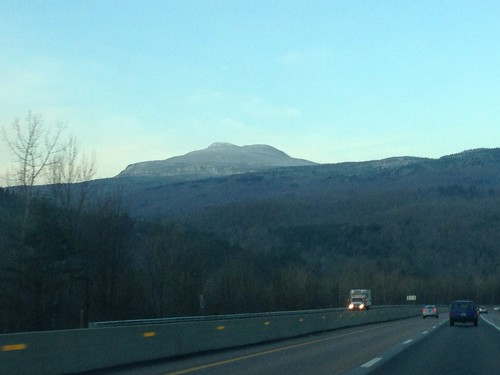
and then after our first night in Atlanta awoke to the first frost!

I guess the cold followed us. Though, aside from chilly nights, the weather was quite warm.
My time in Atlanta was fairly limited, but I did enjoy some time obsurving urban hydrology and nature.
Atlanta is an anomaly - a city that is not built on a major river. In fact, it sprawls over the drainage divide between the Atlantic Ocean and the Gulf of Mexico. The Chattahoochee River flows along the western edge of the city, but near its headwaters. In fact, despite picking up around 50 inches of precipitation a year (more than Pittsburgh, Burlington, VT, or Seattle), Atlanta has experienced some recent droughts. Precipitation often comes as heavy thunderstorms and never as snow. As such, the combination of copious but irregular rain and lack of a convenient consistent water source means Atlanta is a great place for rain gardens and rainwater cisterns. In fact Eli has an enormous rainwater cistern, but I forgot to take a photo.
I did get to enjoy Piedmont Park, Atlanta's centerpiece park. There are some fun water features as well as some unfortunate ones that remind me of Four Mile Run in Pittsburgh. For instance, a underground creek runs in a culvert under this big field:
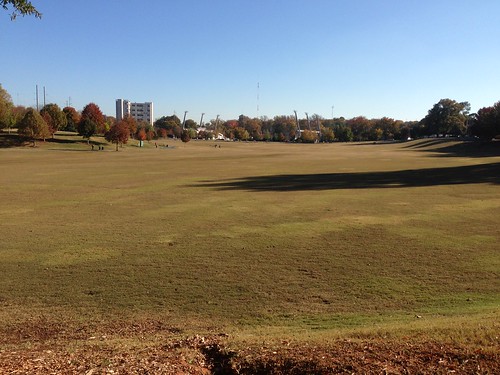
Unfortunately it is unlikely that this part of the creek would be daylighted, because this is a popular place to hold outdoor events (I'm sure a workaround could be found, but the motivation isn't there). However, a bit downstream there is a nice little restoration area.


Nearby, a recent restoration project uncovered some springs:
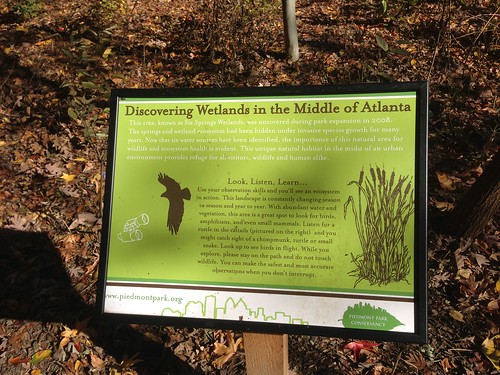
These springs may be getting most of their water from an artificial lake just uphill from them, but they still function just like natural springs, offering habitat for a variety of animals and plants.

Nearby, a culvert directed water down a concrete cascade. I'm not a big fan of concrete in waterways but there isn't really a way to direct water down this hill on soil without massive erosion.
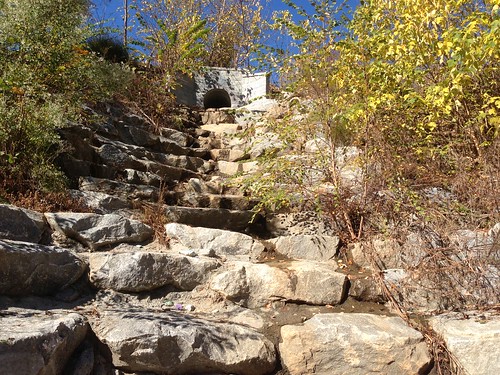
At least it would be fun to watch the water rush down the rocks after a heavy rain.
Later we visited a tiny urban forest fragment. Unlike in California, Atlanta hasn't frantically and intentionally turned every waterway into a sterile concrete ditch!
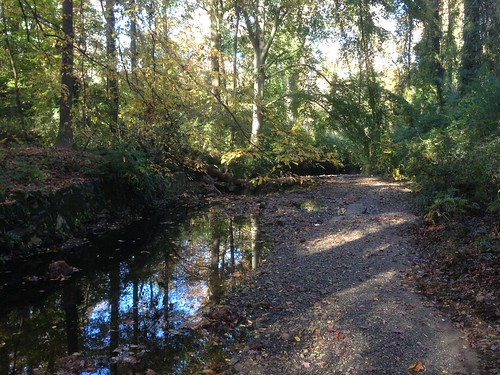
Eli looks for big trees and helped create the Google map on that link. There's even an iPhone app for locating Atlanta's champion trees. We saw some huge trees in the city - probably bigger than any trees in Vermont, except for maybe a handful of big cottonwoods along the lake. Trees grow fast in the South, where the growing season is long. Atlanta also has fertile clay soils.
Sweet Gum:
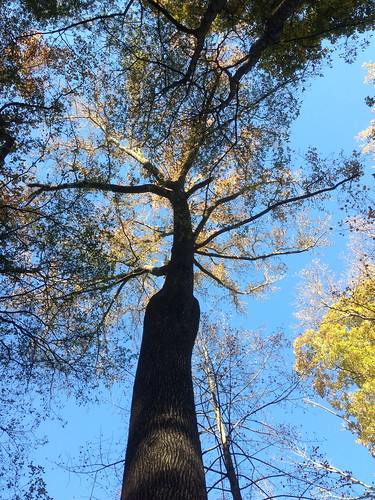
Tulip Poplar (one of the city's champions):
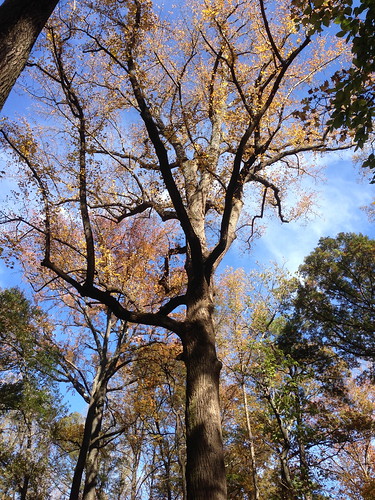
American Beech:
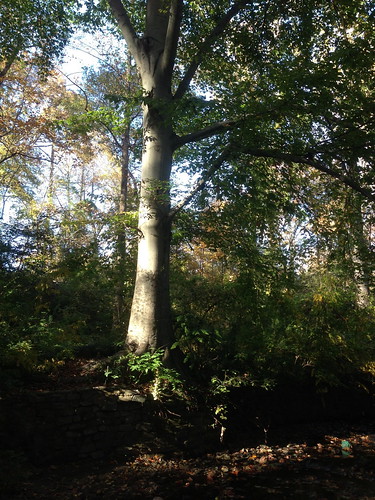
The beech bark disease doesn't seem prevalent in Georgia like it is in Vermont.
We also visited an area of exposed granite outside of town (they called it a Monandock but it doesn't look like the big mountains that go by that term in New England). Despite its unimpressive stature it was a very neat place. The exposed, smooth granite has no soil on it and strongly resembles a Utah slickrock desert.
Cactus:
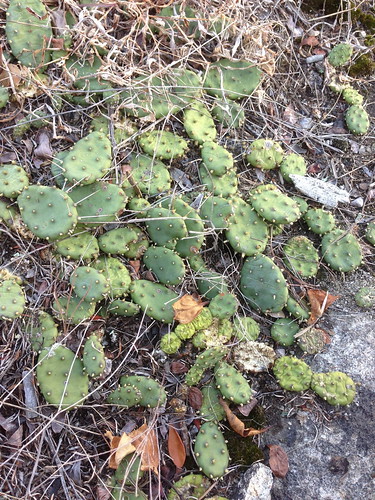
Yucca:
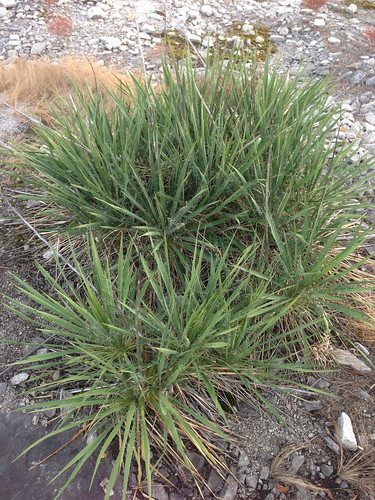
"Potholes" called Solution Pools:


It would be very back to come back here during or right after a rainstorm, when water would be rushing down the rock and through the little gullies. It wouldn't be safe to be out on the open mountain during one of Atlanta's raging thunderstorms, though. A calm, cool fall rain would be more suitable. Maybe next time!

Very nice account and history of the hydrological components down there. Thanks
ReplyDelete